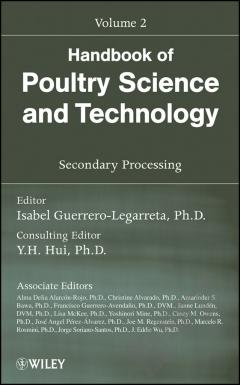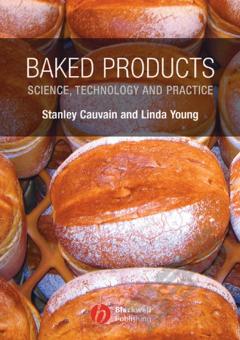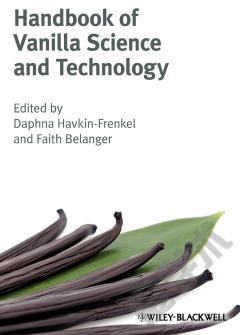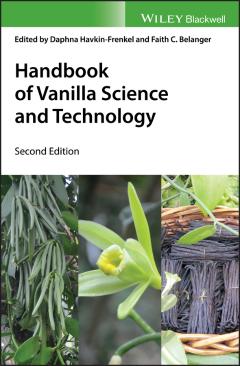Meat Products Handbook —— Practical Science and Technology
----- 肉制品手册:实用科学与技术
Part 1 Meat composition and additives: The protein and fat content of meat The biochemistry of meat The tenderness of fresh meat Definitions of terms used in meat science and technology and meat conductivity Additives: phosphates, salt-sodium chloride, hydrocolloids, salts of organic acids and lactate Additives: proteins, carbohydrates, fillers and other additives Colour in fresh meat and cured meat products. Part 2 Technologies for particular meat products: Cooked ham: whole muscle, brine-injected products Typical whole muscle, brine-injected cooked ham products from around the world Cooked ham: non-injection methods for adding brine Typical cooked ham products from around the world using non-injection methods for adding brine Cooked sausages Typical cooked sausage products from around the world Fresh sausages Typical fresh sausage products from around the world Raw fermented salami Typical raw fermented salami products from around the world Semi and fully-cooked fermented salami Non-fermented salami Typical non-fermented salami products from around the world Spreadable raw fermented sausage Typical raw fermented sausage products from around the world Cured air-dried meat products Typical cured air-dried meat products from around the world Spreadable liver sausage and liver-pate Typical liver sausage and liver-pi? ti? products made around the world Burger, patties and crumbed products Typical patty and nugget products from around the world Sliceable and non-sliceable blood sausage Typical blood sausage products from around the world Brawn and meat jelly Typical brawn and meat products from around the world Canned retorted corned beef Moisture-enhanced (case-ready) and marinated meat Casings and packaging material. Part 3 Quality and safety issues: Sensory evaluation of meat products HACCP in meat processing companies Introduction to the microbiology of meat and meat products The microbiology of specific bacteria Predictive microbiology for meat products.
{{comment.content}}








 京公网安备 11010802027623号
京公网安备 11010802027623号